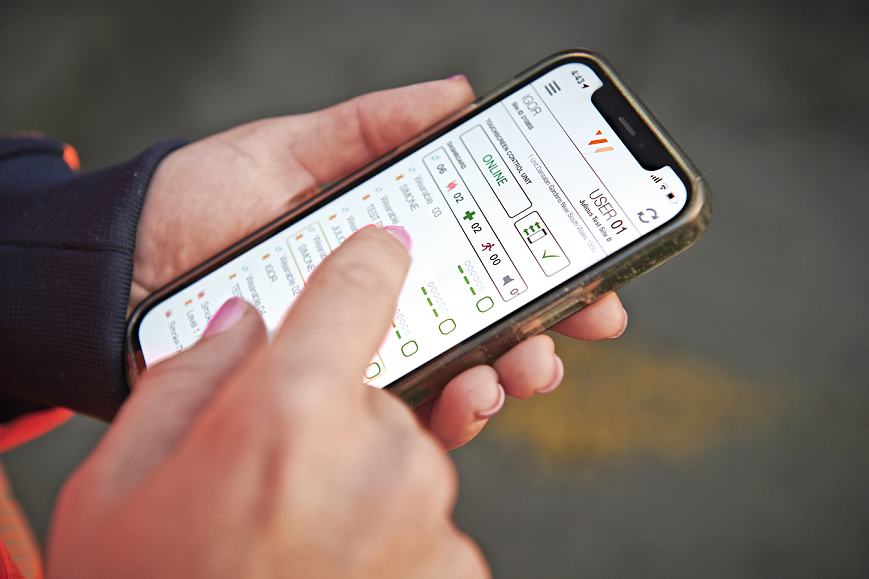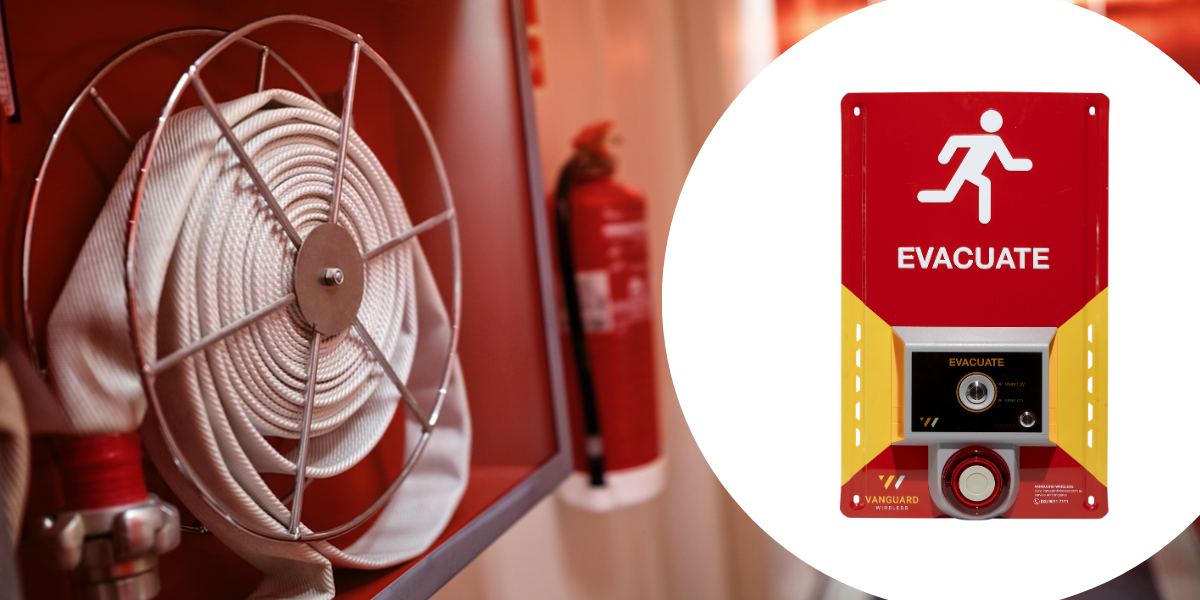Whether you’re a sole trader or a project manager, you need to make sure that you have proper safety equipment onsite for you and your workers. Safe and well-protected workers are happier workers. Installation and use of proper safety equipment by you and your workers means you won’t have to worry as much about you and your team’s health and well-being. This can help everyone focus on their jobs and maintain output to the best of their abilities.
Manual Call Points Improving Safety On Site
Manual call points should form part of your safety equipment set-up. It’s essentially a small box, mounted on a wall which contains a button or a lever that allows you to manually trigger an evacuation or medical alert. They can be hard wired to power or run off batteries. They can use wires to form a network or use a wireless radio frequency network (such as Vanguard Wireless’ devices). The most important feature is that they assist workers to raise an alert clearly and quickly when required.
Manual call points improve safety on site by:
- alerting emergency response personnel to an emergency
- providing emergency response personnel with the location of the emergency
- getting workers evacuating as quickly as possible
- activating automated systems such as sprinklers and smoke management systems
If the emergency happens to be medical, using a manual call point can drastically improve response times. If a worker is injured or is suffering from a medical episode, it’s incredibly important to administer first aid quickly. The more information the emergency response team has the better. A system like Vanguard Wireless’ informs personnel of the type of emergency, the location of the emergency (geographic and vertical), and who triggered the alert. It sends notifications in a one-to-many manner to ensure all nominated personnel learn of the emergency at the same time.
If the emergency is an evacuation event – such as a fire – using a manual call point can be the fastest way to notify other workers on site of the need to lockdown or evacuate. If there’s an automatic fire detection system installed, it might not be triggered if the fire is small. Therefore, using manual call points as a proactive action could notify workers who can help put the flames under control before the fire has had the chance to spread.
Components
A warehouse will need a different system design to a construction site, which will need a different design to a 64 storey office tower, which will need a different design to a school. The risk profile of the building, the profile and volume of its occupants, the level of danger of the business operations itself, and the regulations that apply to each environment can have a large impact on system design. Generally these components make up an emergency alert system:
- Control Panel: The brain of the system, which monitors and controls all the connected devices.
- Initiating Devices: These can be manual (pull stations) or automatic (smoke or heat detectors).
- Notification Appliances: This includes sirens, bells, and strobe lights to alert occupants. Vanguard Wireless systems also include a smartphone app and SMS notifications, to ensure seamless event communication with the emergency response team.
- Power Supplies: Ensures the system is operational even during power outages. Vanguard Wireless triggers use rechargeable batteries (or can be hard wired) whilst the control panel and SuperM sirens must be hard wired to power.
- Annunciators: Provide the system status and other crucial information. This could be two way radio integrations, announcements over speakers, online dashboards, or phone notifications.
The business you select to use for the supply and installation of your system should also design something specifically to your needs. For example, a warehouse might only need half a dozen triggers, a control panel, and two sirens.
Selecting The Right System
Every fire alarm system has multiple manual call points. You should spot them in all public buildings – from shared accommodation to office buildings, construction sites, cinemas and theatres, shopping centres, school and healthcare facilities. Local and federal safely legislation can dictate what type of system needs to be installed otherwise you can select what best suits your workplace emergency plan.
There’s many models on the market so it’s best to select the one that aligns with how your workers and emergency response personnel need to use it. It may or may not have to break a glass to reach the button that activates the alert. Some of the latest designs have been adapted to use depressible plastic instead of glass to reduce the possibility of injury to the user and to discourage any acts of vandalism.
Some other call points – such as Vanguard Wireless’ systems – use a single call button that any worker can press. The buttons are mounted on high visibility, colourful backing boards that workers can easily find in an emergency. Rather than being hard wired – which can add thousands to your installation costs – the devices use a wireless network to establish a connection between all the devices. The system is supported by an operating system that gives you real-time insights into the power and connectivity of each device. You can also assign devices names so emergency alerts clearly communicate about where the emergency alert was triggered.
Device Placement
Some workplaces choose to locate their emergency alert triggers along escape routes, near fire exits, so that you can trigger the alarm without slowing down the evacuation process or putting yourself in unnecessary danger. Others choose to place them in easily accessible areas where workers congregate, such as break rooms, stairwells, and entry and exit gates.
Vanguard Wireless systems use a radio frequency or cellular signal to establish a network. Provided the device is within range of another device on the network, it can be installed wherever it's needed. Additional devices can be introduced for trickier installations where range or signal obstruction could be an issue, like car park basements, mining tunnels, and crane towers. Our sales team can work with you to review your site map to identify device locations and build a system specific to your site's geographic and vertical challenges.
It’s important that you adhere to any regulatory requirements that are relevant to your type of business and building. For example, regulations might stipulate that call points should be placed:
- On each floor of a building
- No more than 30 metres from any point in the building
- No higher than 1.4 metres above the floor
- In a visible & accessible location; and or
- In areas identified as high-risk
Do Your Research
Commercial fire alarm systems play a significant role in protecting life and property. Understanding the different types, components, and the importance of these systems, along with ensuring their proper installation and maintenance, can make a substantial difference in enhancing fire safety and security in commercial environments.


